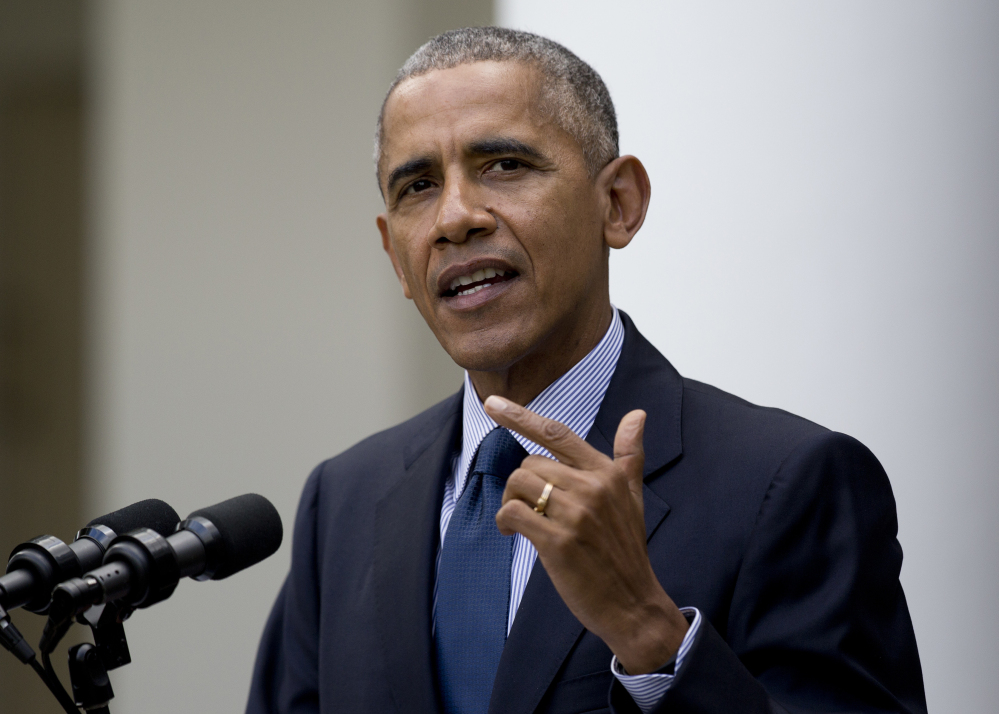In 2010, nearly 50 years after John Kennedy called for the United States to send a man to the moon, President Barack Obama went to the Kennedy Space Center, to set a new course. Under George W. Bush, the agency had been working on another lunar mission. But now, with Buzz Aldrin sitting in the audience, Obama had a blunt message about those plans: “We’ve been there before. Buzz has been there. There’s a lot more space to explore, and a lot more to learn when we do.”
Instead of going to the moon, he declared, the U.S. would go to Mars.
Now, six years after that speech, as he nears the end of his presidency, Obama is bookending his charge by doubling down on NASA’s plan to get to Mars. In an op-ed published by CNN Tuesday morning ahead of the White House frontiers Conference in Pittsburgh, he reiterated his administration’s goal of “sending humans to Mars by the 2030s and returning them safely to Earth, with the ultimate ambition to one day remain there for an extended time.”
But while Mars remains years, if not decades away, Obama’s true legacy might be something altogether different: the standing up of a commercial space industry that has ended the government’s monopoly on space.
When the space shuttle was retired in 2011, NASA looked to the commercial sector to fly its astronauts and cargo to the International Space Station, fertilizing the industry with billions of dollars in contracts. And in the past few years, the industry has begun to blossom, reinvigorating interest in space with dramatic landings of rockets on ships with other, unprecedented feats.
“Just five years ago, U.S. companies were shut out of the global commercial launch market,” Obama wrote. “Today, thanks to groundwork laid by the men and women of NASA, they own more than a third of it.”
Richard Branson’s Virgin Galactic and Jeffrey P. Bezos’ Blue Origin promise suborbital tourist flights within a couple of years. (Bezos owns The Washington Post.) SpaceX and Boeing are working toward flying astronauts to the space station. Bigelow Aerospace is building inflatable habitats that could ultimately succeed the station. In fact, one of the habitats is currently attached to the station.
“It will become one of the great ironies in the history of exploration into space that someone many politicians called a socialist was a champion for the possibilities of capitalism in space,” said James Muncy, a space policy analyst at PolySpace, a consulting firm.
Send questions/comments to the editors.




Comments are no longer available on this story